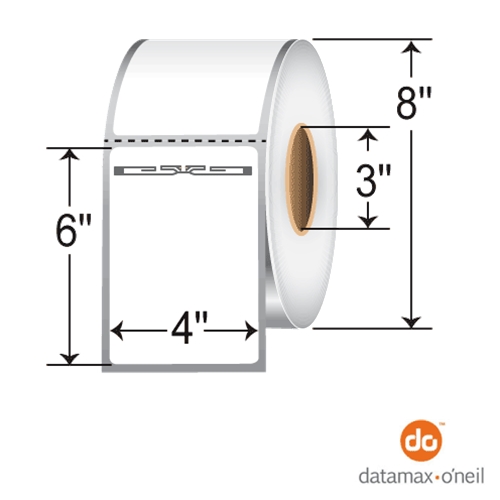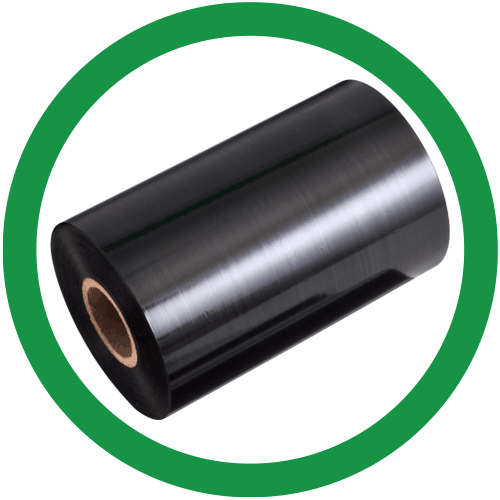Alien Squiggle Inlay
( SKU: ALN-9640-FWRWA-TST )
Alien, 9640 Wet Inlay Test Roll, RFID, UHF Gen 2 Squiggle, White Film, Aluminum Antenna, 1000 Piece Roll, Priced Per Roll
See Our Holiday Hours


| Labels by Printer | Datamax H-Class RFID Datamax M-Class RFID |
| Print Technology | Thermal Transfer |
| Material Type | Paper Labels |
| Integrated Circuit | Higgs-3 |
| Width (inches) | 4.00 inch |
| Length (inches) | 6.00 inch |
| Core Size | 3.00 inch |
| Outer Diameter | 8 inch OD |
| Format Type | Roll |
| Adhesive Type | Permanent |
| RFID Frequency | UHF |
| Color | White |
4x6, Thermal Transfer, Perforated, Higgs 3, For Datamax H-Class, M-Class RFID Printers, Avery AD224 RUNWAY, 3-inch Core, 8-inch OD, 750 Labels/Roll, 1 Rolls/Case

A thermal transfer RFID paper label with a permanent acrylic adhesive. This is is suitable for apparel chain management applications, including the labeling of corrugate and plastic packaging materials. These labels can also be used for close coupling.
Radio requency identification, RFID, uses radio waves to automatically identify objects. Item data is stored on a microchip attached to an antenna, (called an "RFID transponder" or "RFID tag"). The tag transmits the data to a reader with it passes within range, and the reader can convert the signal to digital information that can be used by a computer for further processing.
The metal electronic chip that can be embedded into plastic, label material or other weather proof devices are called Chips, Inlays or Tags.
These chips are basically data collection devices that hold a lot more inforamtion than a typical barcode. Putting information onto the chip is called "Encoding". Special RFID printers can Encode or wrote the information onto the RFID chip. You may also purchase RFID chips with your information already encoded or pre-encoded.
1. A Microchip - for stroring data
2. An Antenna - for radio wave Reception or Transmission
( SKU: ALN-9640-FWRWA-TST )
Alien, 9640 Wet Inlay Test Roll, RFID, UHF Gen 2 Squiggle, White Film, Aluminum Antenna, 1000 Piece Roll, Priced Per Roll
( SKU: ALN-9629-FWRW-TST )
Alien, Square, RFID Tag, Gen 2, Higgs 3, White, Wet Inlay, Test Roll, 1000 Tags Per Roll, Priced Per Roll
( SKU: ALN-9715-WRW-T )
Test Roll, UHF Gen 2, Higgs-4, Wet Inlay, White Film, Aluminum Antenna, 1.18x0.51-inch, 1,000 Per Roll
( SKU: ALN-9630-FWRW-TST )
Test Roll, UHF Gen 2, Higgs-3, Wet Inlay, White Film, Aluminum Antenna, 2.87x0.5-inch
( SKU: ALN-9762-WRW-T )
2.89x0.835", Alien, Short, H4, FC, Wet, White Film, 1000 PC Test Roll